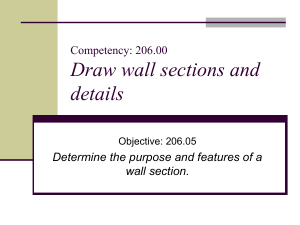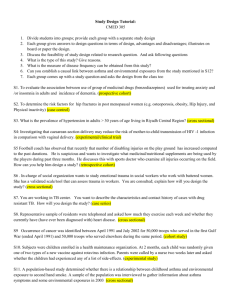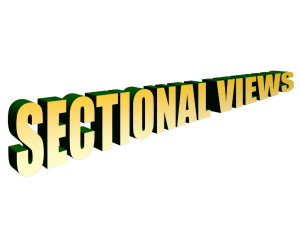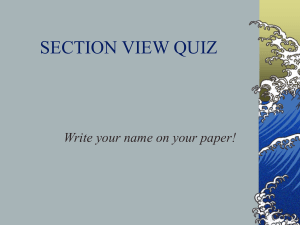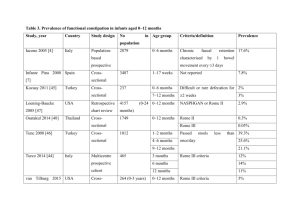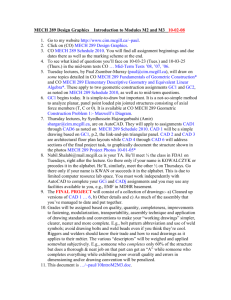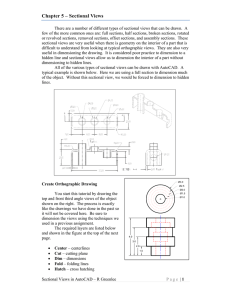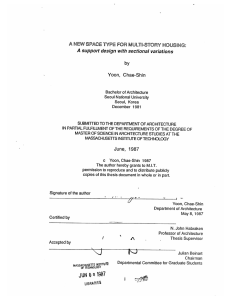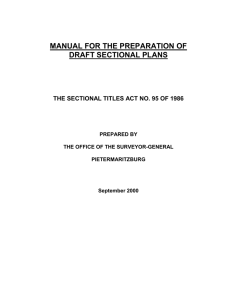Cross-Sectional Views Assignment: Mech 403, Rice University
advertisement
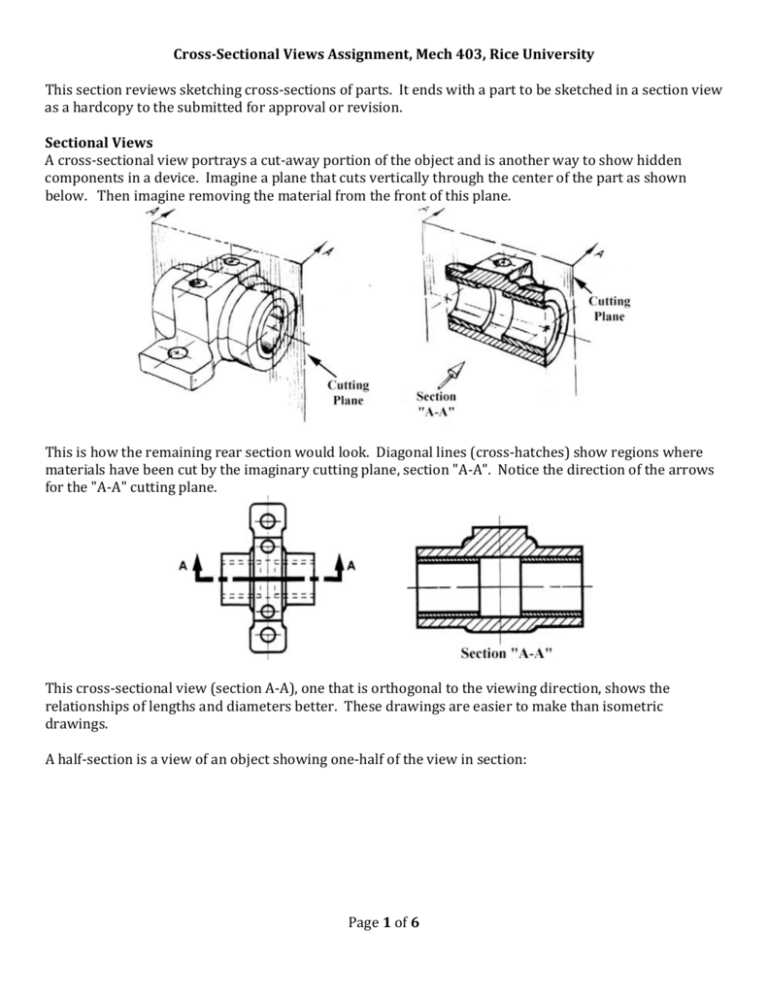
Cross­Sectional Views Assignment, Mech 403, Rice University This section reviews sketching cross‐sections of parts. It ends with a part to be sketched in a section view as a hardcopy to the submitted for approval or revision. Sectional Views A cross‐sectional view portrays a cut‐away portion of the object and is another way to show hidden components in a device. Imagine a plane that cuts vertically through the center of the part as shown below. Then imagine removing the material from the front of this plane. This is how the remaining rear section would look. Diagonal lines (cross‐hatches) show regions where materials have been cut by the imaginary cutting plane, section "A‐A". Notice the direction of the arrows for the "A‐A" cutting plane. This cross‐sectional view (section A‐A), one that is orthogonal to the viewing direction, shows the relationships of lengths and diameters better. These drawings are easier to make than isometric drawings. A half‐section is a view of an object showing one‐half of the view in section: Page 1 of 6 Cross­Sectional Views Assignment, Mech 403, Rice University The diagonal lines on the section drawing are used to indicate the area that has been theoretically cut. These lines are called section lining or cross‐hatching. The lines are thin and are usually drawn at a 45‐ degree angle to the major outline of the object. The spacing between lines should be uniform. A second use of cross‐hatching is to indicate the material of the object. One form of cross‐hatching may be used for cast iron, another for bronze, and so forth. More usually, the type of material is indicated elsewhere on the drawing, making the use of different types of cross‐hatching unnecessary. Usually hidden (dashed) lines are not used on the cross‐section unless they are needed for dimensioning purposes. Also, some hidden lines on the non‐sectioned part of the drawings are not needed since they become redundant information and may clutter the drawing. Sectioning Objects with Holes, Ribs, Etc. The cross‐section on the right of the following figure is technically correct. However, the convention in a drawing is to show the view on the left as the preferred method for sectioning this type of object. Page 2 of 6 Cross­Sectional Views Assignment, Mech 403, Rice University It is also common to have features in offset parallel plains that are made more clean with a section view. This is illustrsted in the next figure. Likewise, sometimes two or more sections are useful to clarify a sketch or drawing. Page 3 of 6 Cross­Sectional Views Assignment, Mech 403, Rice University Prepare a hand drawn sketch of section A‐A, or B‐B. Submit the hardcopy for approval or revision. Page 4 of 6 Cross­Sectional Views Assignment, Mech 403, Rice University Page 5 of 6 Cross­Sectional Views Assignment, Mech 403, Rice University Page 6 of 6
